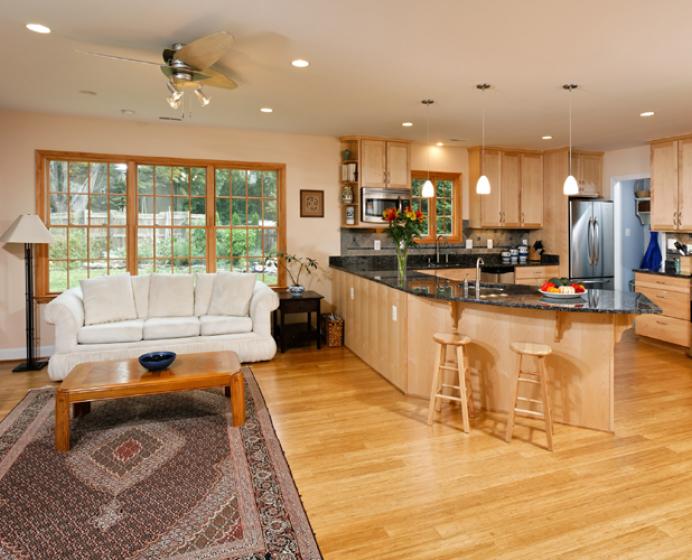
Your home remodeling project should return as much of your investment as possible to make the most of it when you sell your home. Your return for a moderate kitchen upgrade, for example, looks even better when you realize that the savings could pay for other projects.
Cost Versus Return
Using 2019 data from Remodeling Magazine, in spite of spending nearly twice as much on the luxury kitchen upgrade ($135,547) versus $68,490 on the moderate kitchen project, the return on the investment only increased 4% for the higher-priced renovation. The difference in price ($67,057) could easily pay for exterior projects that have a higher ROI, like adding manufactured stone veneer, fiber-cement replacement siding, a new roof with asphalt shingles, or a new wood deck, with a combined additional return of $48,780.
What Is a Moderate Kitchen Upgrade?
A moderate kitchen home remodeling project includes repainting walls, replacing old flooring, and adding or replacing some major appliances. It might also include repainting cabinets and adding new hardware, switching to a touch-free faucet, adding GFCI outlets, replacing light switches, adding better lighting, and adding a backsplash.
Elements of a Luxury Kitchen Upgrade
A major remodel might include ripping out all the cabinets, adding a new hood fan and exhaust system, replacing the kitchen sink with a dual or triple stainless steel sink, adding or removing walls, adding a kitchen island with seating and storage, and replacing all major appliances. Instead of selecting the best value, a luxury upgrade opts for opulence: matching stainless steel appliances, for example, commercial-grade prep surfaces, and catering-quality refrigeration and storage. Adding commercial-grade hanging pot racks, and a bay window to accommodate your herb garden also fit into this category. It may also involve adding a new exit door if your kitchen does not already have one.
In conclusion, unless you selected your home remodeling project for personal satisfaction, opt for the moderate kitchen remodel and use the difference to ensure that the roof, HVAC system, plumbing, and wiring meet or exceed local building codes. You will see a greater return if you decide to sell or refinance your home later.



